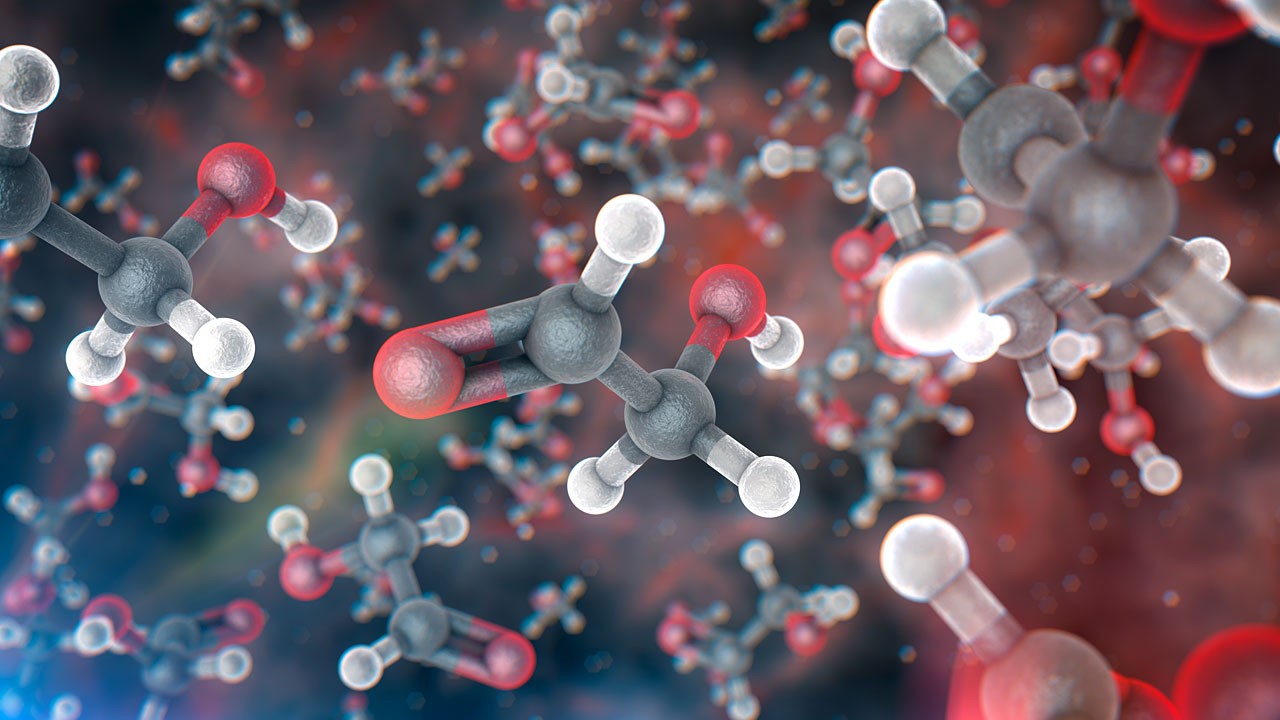
A- Alkali Salts
Alkali Salts are the materials responsible for providing acidic neutralization reactions. These materials are used in laboratories and found in nature. To better understand what these materials are, let’s first define the words. “Alkali” stems from the Arabic root word Al-qaly- meaning calcined or burnt ashes, while “salt” is the Proto-Germanic and Old English word for brine. The essence of the material is how many common metal salts (the formation of an ionic bond between a positive and negatively charged ion) are formed. Alkali salts are significant because the reaction generates alkaline byproducts as the metals tend to bond with ions, especially in the water-soluble (aqueous) solutions that contain an anion. The formation of an alkali salt (in this case a metal hydroxide ion) is commonly created from the electrolysis (electrical separation) of a natural metal salt in an aqueous (water-soluble). This allows the positive ions to roam while the bonds continue to break. The nature of metal is to bond with an anion as soon as possible to establish stability. In many cases the metals form a metal hydroxide (OH) bond that creates many of the salts we know including sodium hydroxide (NaOH), potash (KOH), and calcium hydroxide (CaOH).
Alkali Salts are more commonly used than most think and have a wide range of purposes. Known to most as lye, NaOH is a caustic ingredient that is often used in industrial cleaning settings and soapmaking due to its corrosive nature. Sodium Hydroxide, in diluted and small amounts, is also a food preservative. Because of its neutralizing capabilities, it can help control the pH balance in packaged foods and beverages which inhibits the growth of bacteria and pathogens. When used to preserve food, it’s commonly used for canned fruits and vegetables, and used as an ingredient to make popular treats like ice cream and chocolate. As an ingredient, sodium hydroxide is a great thickening agent and emulsifier.
Potash or KOH is primarily utilized as a fertilizer. KOH has two main forms, muriate and sulphate. Both forms are used as fertilizers but used to fertilize different crops as they both behave differently in soil and provide different nutrients. Muriate of Potash (potassium chloride) or MOP is used for grains such as wheat, barley, and oats. Sulphate of Potash or SOP is used for fruit, vegetables, and nuts.
Calcium hydroxide, CaOH, also has unique purposes. It is often referred to as quicklime or slaked lime. This material is heavily used in the construction industry due to its ability to make mortar, plaster, and concrete. Because of that ability, this alkaline salt is used regularly in the dentistry field for root canals and fillings. In addition to be used in construction and dentistry, calcium hydroxide is a critical ingredient for paper production often used in the craft process.
- Summary of the properties of some example alkali salts, all photos included in this diagram have clickable links (rights are reserved to creators and public domain- where applicable)
Across the alkali salts mentioned, we see that they are used in more places and processes than most are aware of. What use of this material was new for you? What did you learn about Alkali salts?
Thanks for reading!

Revenue Operations Analyst at Uptake Technologies
3yGreat article!